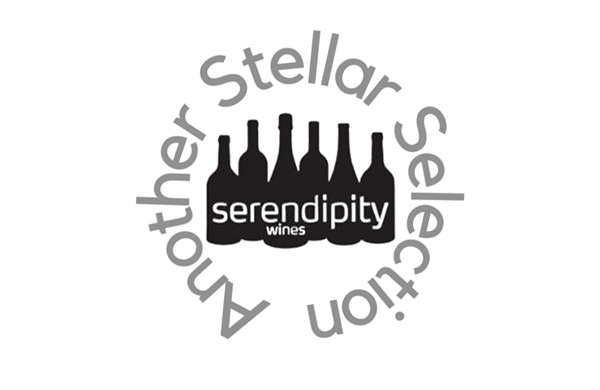Ch Lalande Mausse
1987: Philippe Hermouet took over the family wine estate.
From 1987 to 1993: Château Roc Meynard is reconstituted; a large part of the vineyard had been ripped out in the 70s’.
1994: a fermenting room with stainless steel tanks with controlled temperature is built at Château Roc Meynard. This is a landmark in the estate story.
From 1995 to 1997: comprehensive restoration of the Clos du Roy. A barrel room is set up. Since then, the 1-year ageing in barrel of all our Fronsac wines has been invariable.
2001: Château Lalande Mausse is bought. It is located on the plateau of Bel Air in the village of Saillans. Integrating this 4.5ha vineyards helps increasing our production of Fronsac wines.
2006: Melodie Blanc, enologist graduated from the university of Bordeaux, is appointed Cellar master before becoming Vineyard and Winery technical operations officer. Since 2007, she has had a strong influence on wine style.
2010 and 2011: one hectare of Sauvignon blanc grape variety, then one hectare of Semillon, are planted so that 15 000 bottles of Bordeaux White wine are produced each year. This shows a reconciliation with Château Roc Meynard’s story: in the 50s’, more Bordeaux White wines were produced than Bordeaux Red wines.
2012: the vineyard from Château Roc Saint Bernard is taken over, a part of which was already exploited as land rent. This purchase adds 5.5 hectares to our vineyard, and this on familiar terroirs, close to Château Roc Meynard.
2015 and 2017 recovery of the Château Belugue vineyard, still in the commune of Saillans
2018 As part of a major vineyard renewal program following recent acquisitions, we will plant in the spring 8000 feet of the Malbec grape to expand our range of grape varieties and reconnect with a grape that was dominant in the region there has a century.
2018 Membership in the SME (Système de Management Environnemental) for ISO 14001 certification
Philosophy
From November 15th – when we start pruning the vines – to August 15th – when final vineyard work is completed before the harvest – we spend each and single day working on the vines. Then, September is the time for harvesting. Once this is done, the intense winemaking period starts in the cellar. Meanwhile, wine-growers are back on the vineyards to replace missing vines and prepare for leaf-fall era and the start of a new cycle.
The wines we produce are naturally colored and structured. From wine making to ageing, we pursue the constant wish to favor fruit expression, volume and balance. This requires monitoring temperature during wine making and an accurate management of stirring time and frequency for each and single tank.
Biography
An agronomist by training, I (Philippe Hermouet) arrived in 1987 to take over the estates of my in-laws: Clos du Roy in Fronsac and Château Roc Meynard in Bordeaux Supérieur.
From the very beginning, I fell in love with this profession and with the Fronsac region, which I actively defended for many years within the local winegrowers' union.
With 30 years of experience and observation, I am now able to make the most of the Clos du Roy terroirs, turning it into one of the most reliable names in the appellation.
A new generation is now getting involved in the life of the estate, ensuring that Château Clos du Roy will remain a family-run vineyard for decades to come.
Wines from Ch Lalande Mausse
Contact Us


